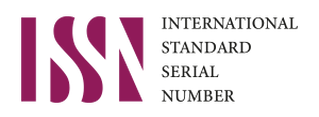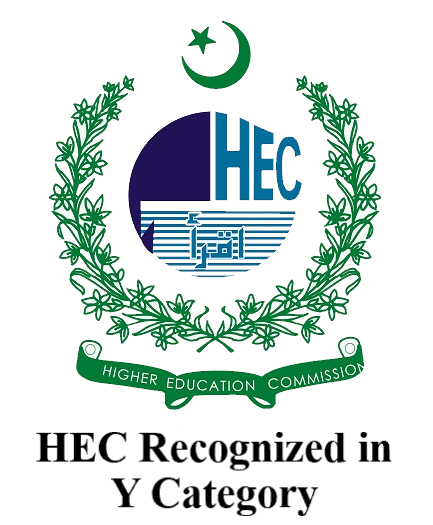High Performance Work System (HPWS) in the IT Sector of Pakistan: An Application of Ability-Motivation-Opportunity Model
DOI:
https://doi.org/10.71016/hnjss/k3hg0715Keywords:
HPWS (High Performance Work System), Motivators, Information Technology (IT) Sector, Pakistan, PLS-SEMAbstract
Based on the ability-motivation-opportunity (AMO) model, the study has examined the relationship between High performance work system (HPWS) and job performance with the parallel mediation of job satisfaction, employee well-being, and job commitment. The study also examined the moderating role of organizational support and salary/wages in the IT firms of Pakistan. A sample of 408 valid responses have been collected using survey method from the IT firms of Karachi based on a five-point Likert scale instrument and PLS-SEM has been employed for data analysis using Smart PLS v3 software. High performance work system (HPWS) has a significant effect on job satisfaction, employee well-being and job commitment, whereas job satisfaction and employee well-being have a significant effect on job performance. Moreover, HPWS has a significant effect on job performance with the mediation of job satisfaction and employee well-being individually. Lastly, organizational support moderates the effect of HPWS on job satisfaction and HPWS on job commitment. Similarly, salary/wages moderates the effect of job satisfaction and job commitment on job performance individually. Therefore, it is recommended to HR managers and top management of IT firms of Pakistan to embed HPWS-related HR policies in their firms to overall enhance their firm and employee performance. Job embeddedness and role clarity may also help to introduce HPWS policies in IT firms of Pakistan. Certainly, inward-out HR policy can eventually help IT firms to encourage their employees for their organizational excellence in the larger perspective.
Downloads
Published
Issue
Section
License
Copyright (c) 2022 Sofia Bano, Urooj Aijaz, Abdullah Athar (Author)

This work is licensed under a Creative Commons Attribution-NonCommercial 4.0 International License.








